Popular Art Styles in Picture Book Illustration
- by Arree Chung
- published
Let’s talk about popular art styles in children’s books and how picture book illustrators use them. I’ll give you a list of examples from various styles. Then I’ll share a YouTube video where I discuss examples critically, even explaining how illustrations could be improved.
This is something I cover at the very beginning of my Drawing Bootcamp class because I believe it’s important to design our illustrations deliberately. There are a lot of art styles out there, but all of them can basically be simplified down to three main styles.
Examples of Line Driven Styles
It’s Okay to Be Different
Todd Parr
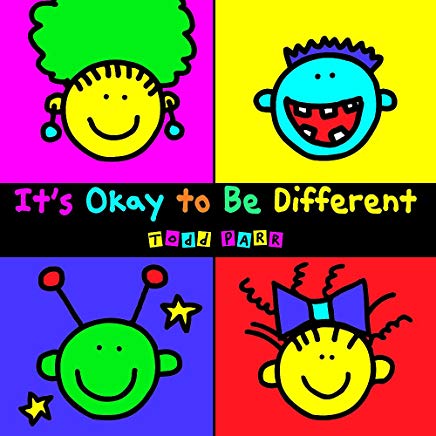
The Missing Piece
Shel Silverstein
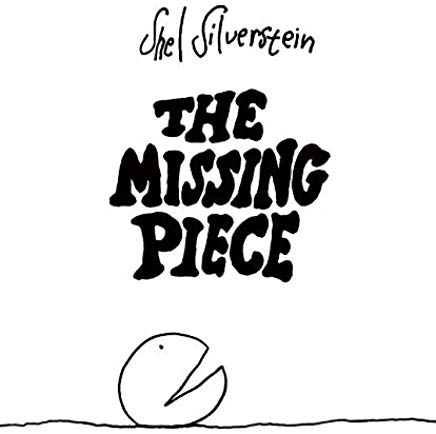
George and Martha
James Marshall
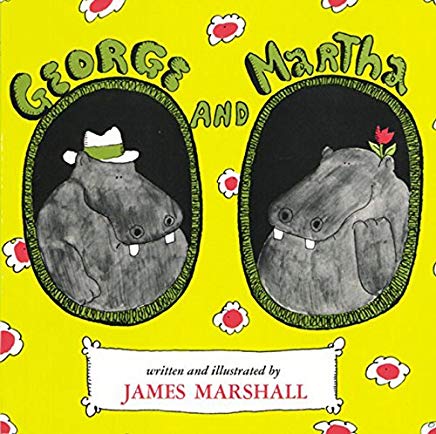
Judy Moody
Peter H. Reynolds
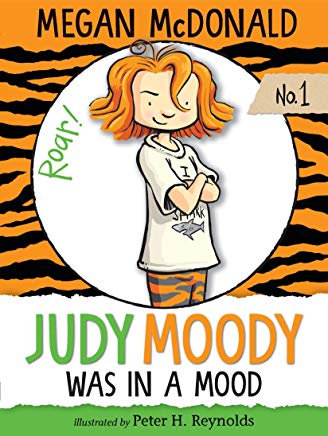
Diary of a Wimpy Kid
Jeff Kinney
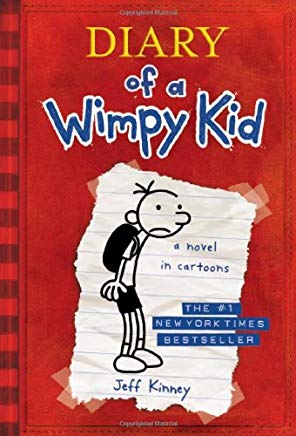
Line driven styles, especially the simple ones, usually appeal to younger children. This kind of artwork is flat, and it’s so kid-relatable because kids love to doodle. Some of the more sophisticated comic book styles appeal more to older children.
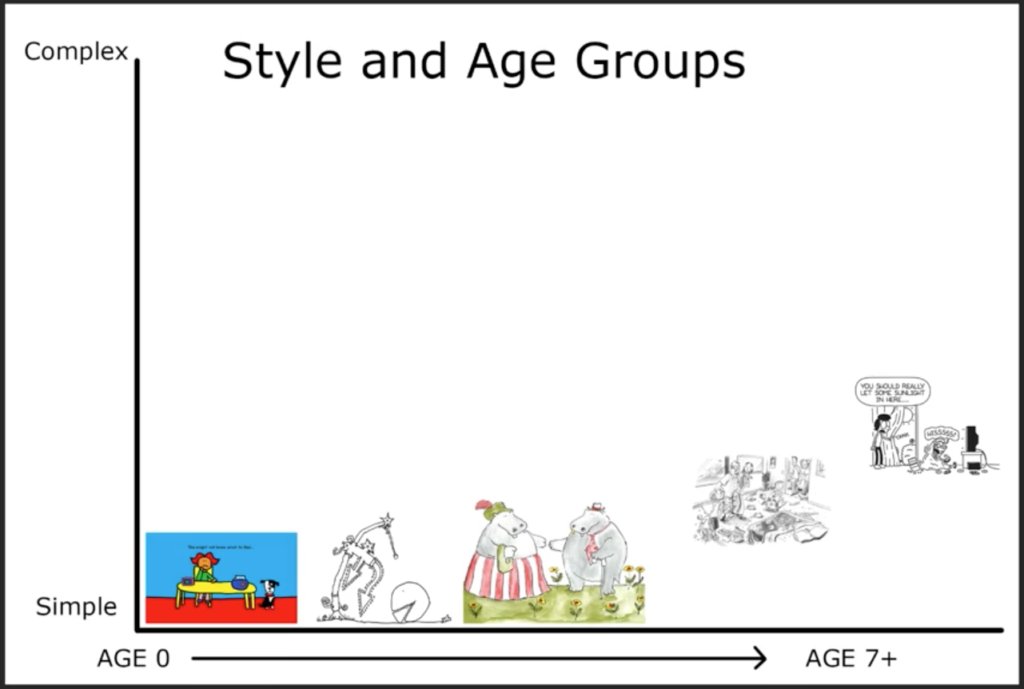
Examples of Shape Driven Styles
Press Here
Herve Tullet
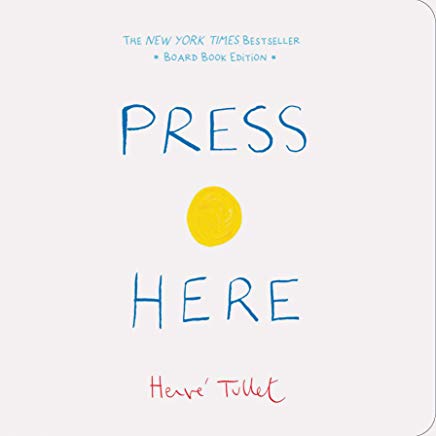
Mixed
Arree Chung
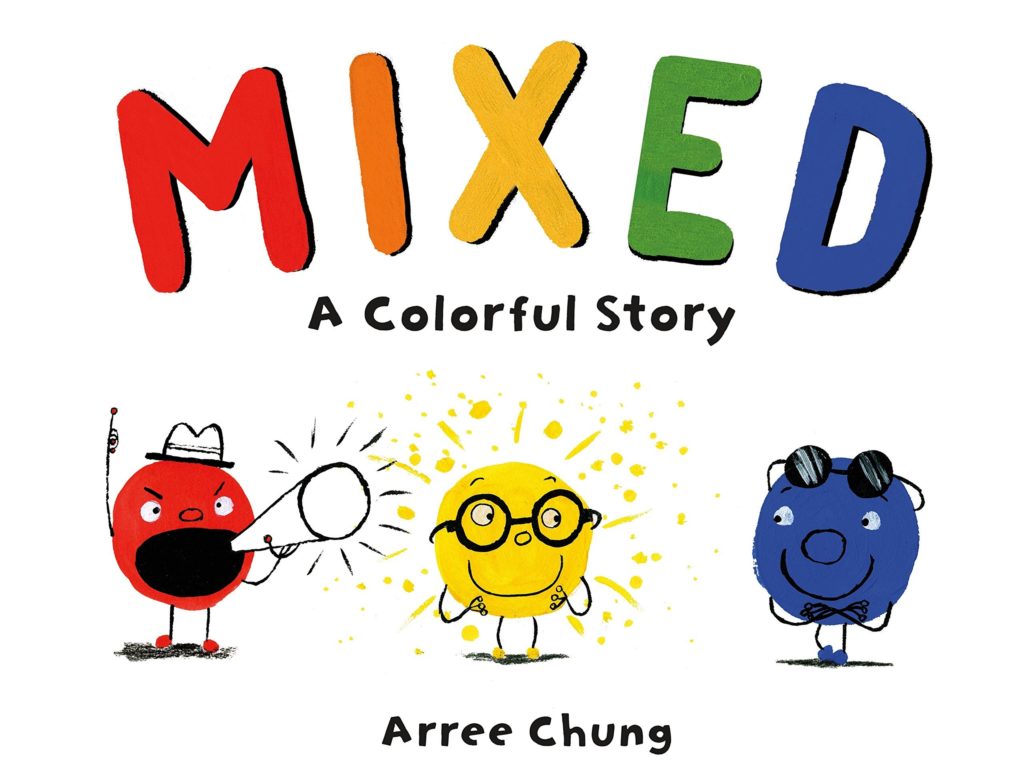
Leo: A Ghost Story
Christian Robinson
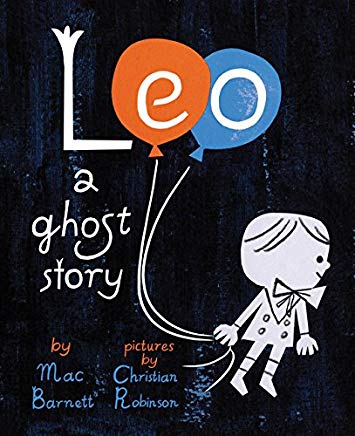
Mr. Tiger Goes Wild
Peter Brown
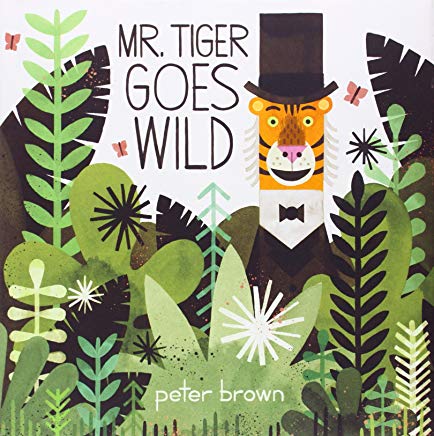
Shape driven stories appeal to kids because they focus on shapes. It’s different than line driven artwork in that you focus on textures and paint and shapes first, instead of lines. Lines are usually patterns. Shapes are so simplified that they’re basically graphic design shapes. The simple artwork is perfect for the youngest ages, where the more complicated artwork can appeal to older children.
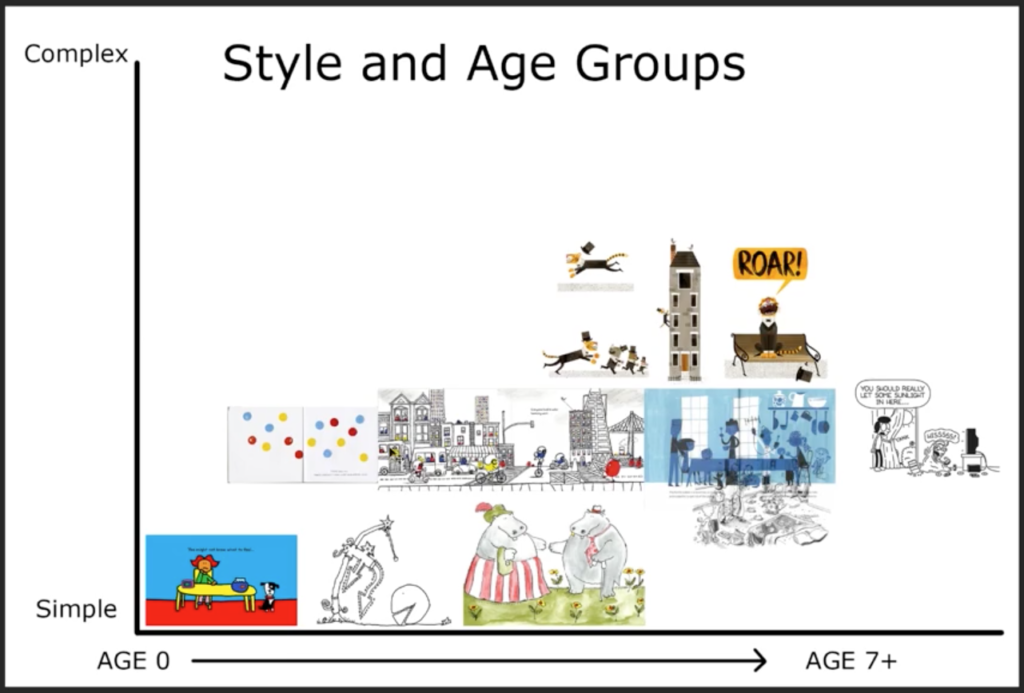
Examples of Perspective Driven Styles
Splat the Cat
Rob Scotton
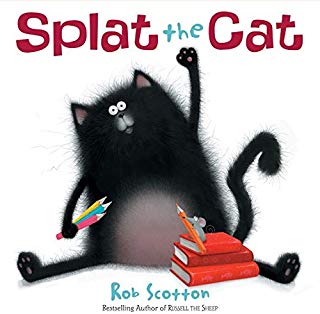
After the Fall
Dan Santat
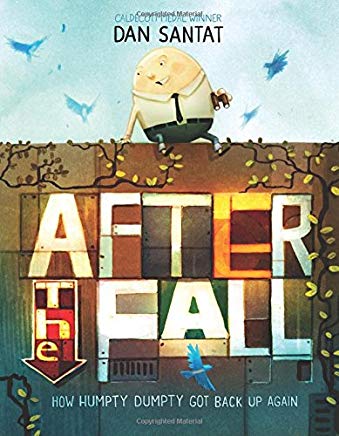
Ninja!
Arree Chung

Jumanji
Chris Van Allsburg
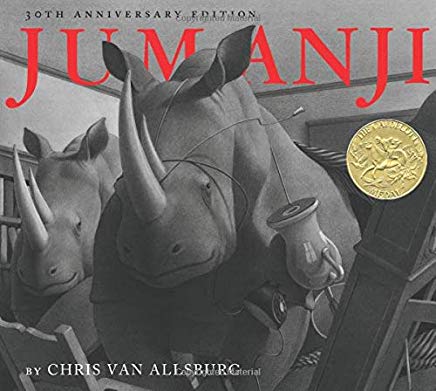
Tuesday
David Wiesner
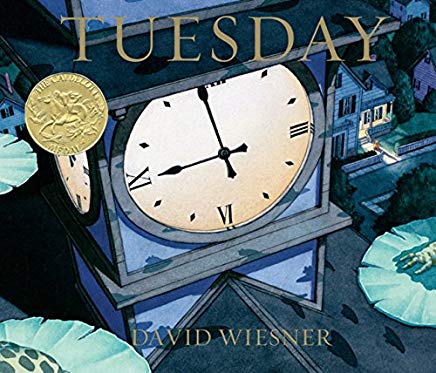
Perspective driven artwork is appealing because you’re pulled right into the 3D world. These styles are more realistic. They have shadows and perspective. On the other hand, the artwork loses the simplicity of the other styles we’ve discussed.
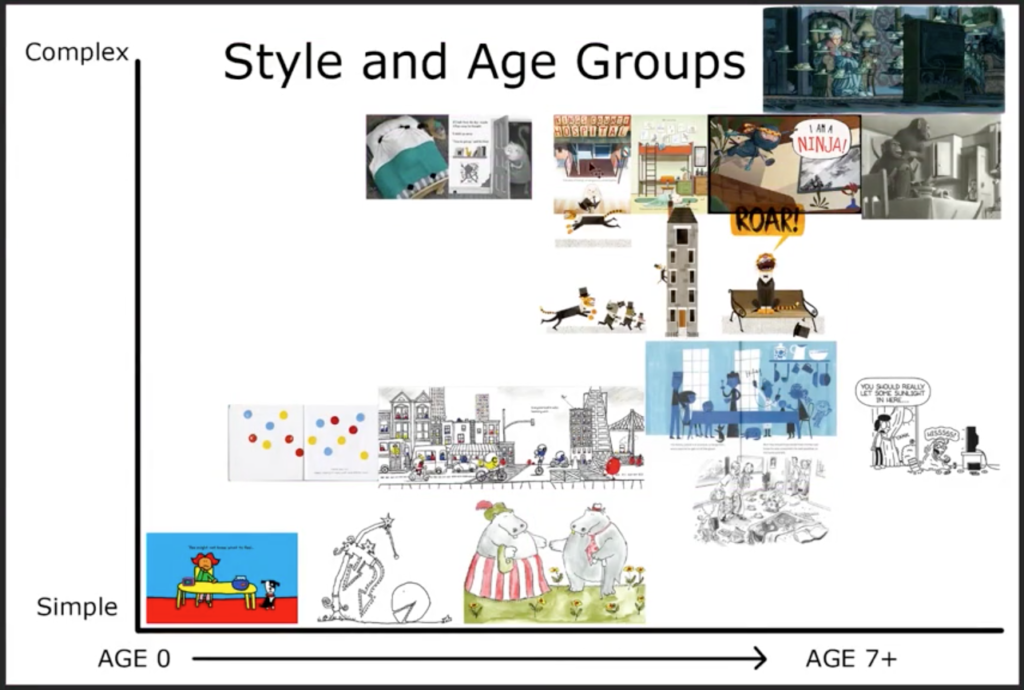
Figuring Out Your Own Style
Your style is going to change over time. When I was in art school, I focused a lot on drawing realistically because that was a skill I wanted to develop. But once I reached a certain skill level, that style lost some of its appeal. As you study your favorite artists and put in the work, your style will evolve. And as I demonstrated in my graph, you’re also going to find that certain styles work better for certain stories. As your skill improves, you’ll be able to design styles and characters that better fit your stories.
In the following video from a Drawing Bootcamp workshop, I discuss art styles in children’s book illustrations. We go over some exercises that will help give your drawing a great foundation.
Thanks for learning with us!
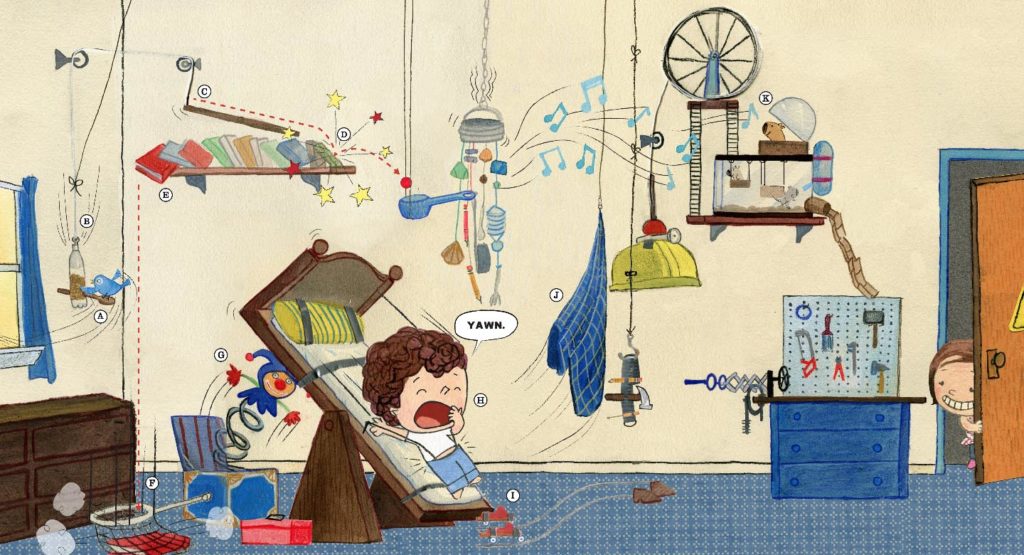
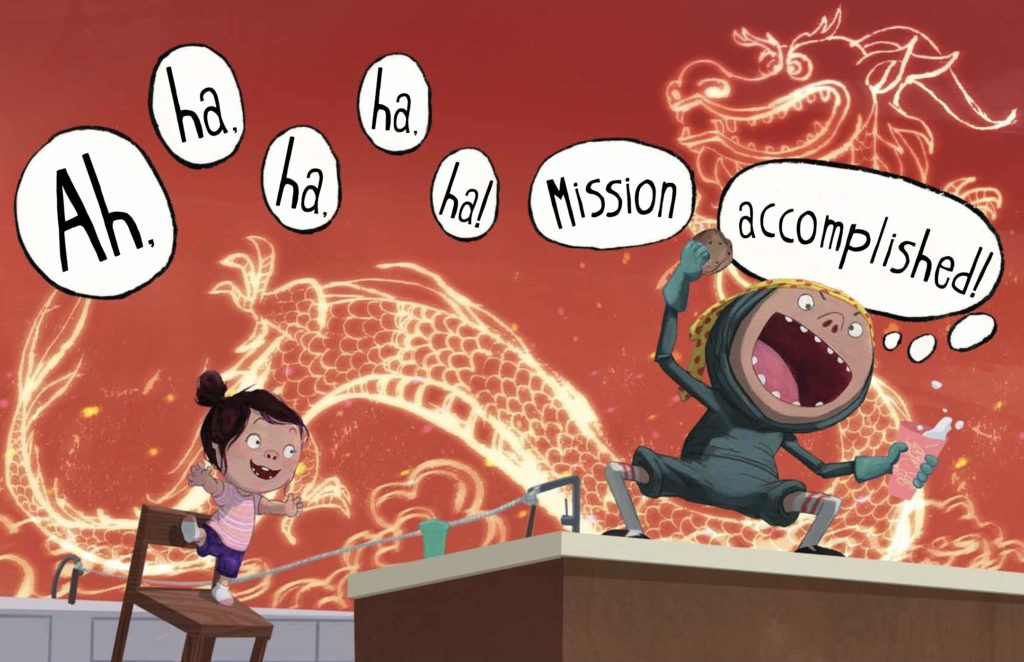

Myrna Foster
Myrna Foster writes and edits content for Storyteller Academy and the WriteRiders Newsletter for SCBWI Nevada. She has spent a lot of time teaching and coaching children, including five years as a preschool teacher. She's also worked as a journalist, and Highlights High Five has published six of her poems.
FREE DOWNLOADABLE RESOURCES
Find them HERE

Learn how to write your children's book from professional, award-winning authors and illustrators
in your own time, at your own pace.
JOIN OUR COMMUNITY
Your creative village is waiting for you HERE.
And it's free!
FEATURED

How to Write Children's Books in 7 Steps
EXPLORE
RECENT POSTS
Instructor Stories: Darcy Pattison
Instructor Stories: Baptiste Paul
Instructor Stories: Isabella Kung
Challenges & Twitter Events for Kidlit Creators
Use Mentor Texts to Write Chapter Books

